Swimming in natural waters can be an exhilarating experience; however, not all rivers are as safe as they appear. In the United States, several rivers pose significant risks to swimmers due to hazardous currents, pollution, wildlife threats, and other dangers. This article explores ten American rivers where dipping your toes might not be the best idea.
Mississippi River Swift Currents and Hidden Hazards

The Mississippi River is an iconic waterway, but its turbulent currents can be treacherous for swimmers. The river’s rapid flow and hidden debris create dangerous swimming conditions, especially near urban areas where pollution is also a concern. Despite its allure, it’s best to enjoy the Mississippi from the safety of a boat or the shore.
Potomac River Unpredictable Waters and Pollution
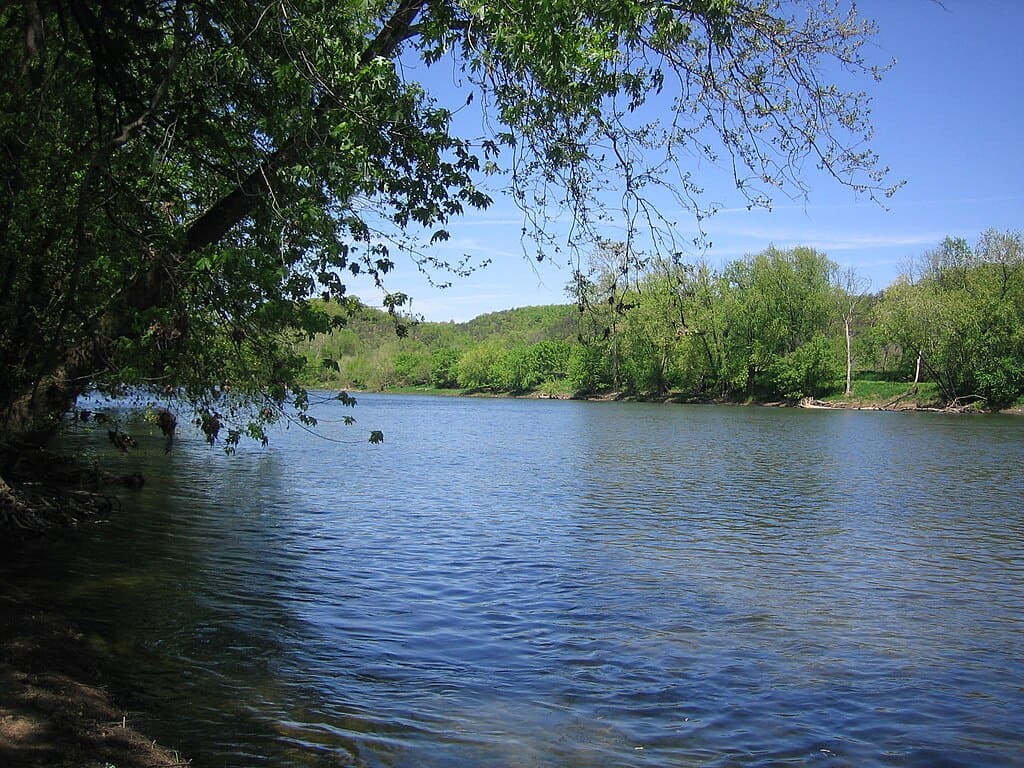
Flowing through the heart of Washington, D.C., the Potomac River is notorious for its unpredictable waters. Hidden rocks and frequent surges can catch swimmers off guard. Additionally, local authorities often warn about pollution levels that surpass safe swimming thresholds, making this river best admired from a distance.
Hudson River Industrial Legacy and Health Risks
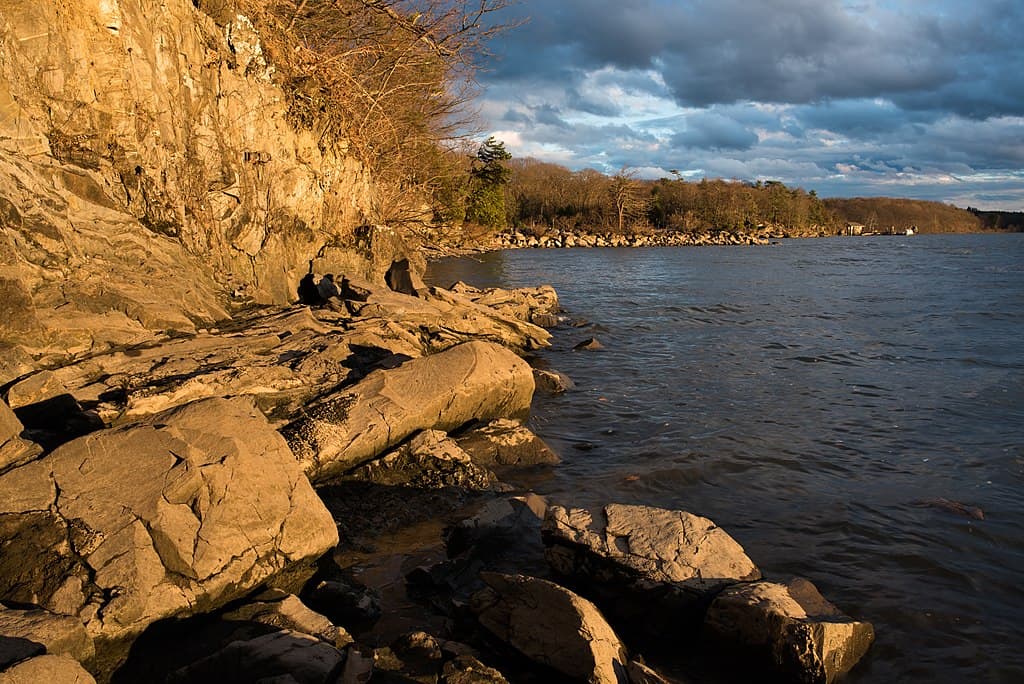
The Hudson River has a history intertwined with industrial activity, leaving behind contaminants like PCBs (polychlorinated biphenyls). Although cleanup efforts are ongoing, levels of pollution still pose health risks. Combine this with strong tides, and the Hudson River becomes less than ideal for swimming.
Niagara River The Power of the Falls
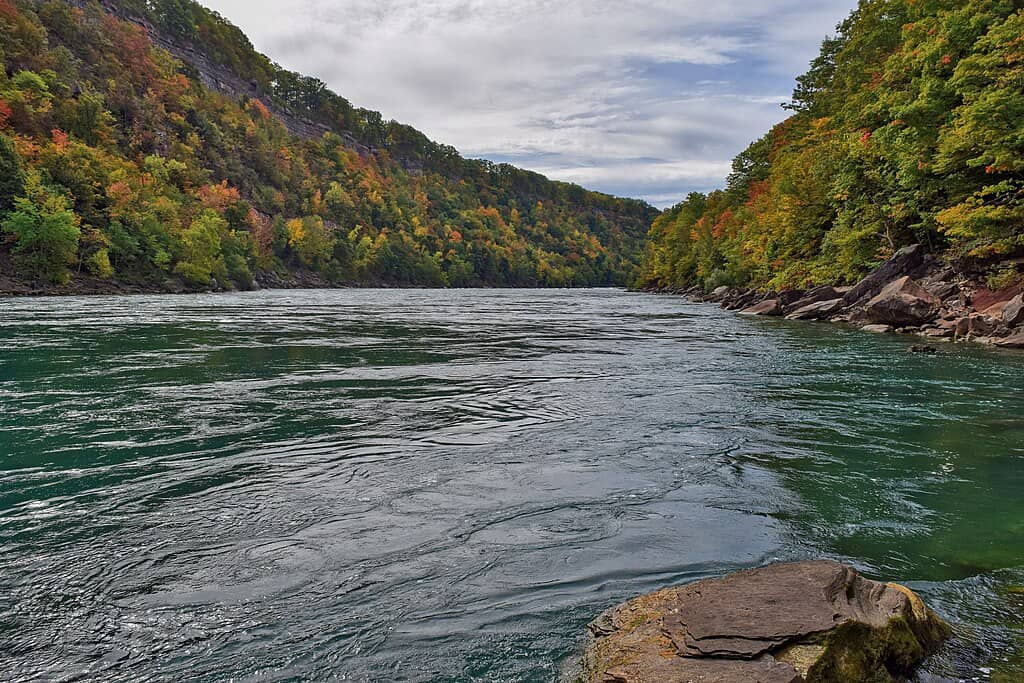
The sheer power of the Niagara River is most evident in its famous falls, but the entire river has dangerously strong currents. The speed and force of the water make it extremely unsafe for swimming. It’s a place where the thrill is best experienced by boat tours or viewing platforms.
Ohio River Chemical Concerns and Swift Currents

With its industrial backdrop, the Ohio River has suffered from chemical pollution over the decades. Regular advisories highlight the health risks associated with swimming in its waters. Moreover, the river’s swift currents add another level of danger, advising swimmers to steer clear.
Snake River Treacherous Rapids and Cold Temperatures

While the Snake River offers stunning views and thrilling white-water rafting, its rapids can be perilous for swimmers. Cold water temperatures add to the danger, making hypothermia a real risk even during warmer months. Adventurers are best equipped with knowledge and gear suited for the conditions.
Missouri River Hidden Undertows
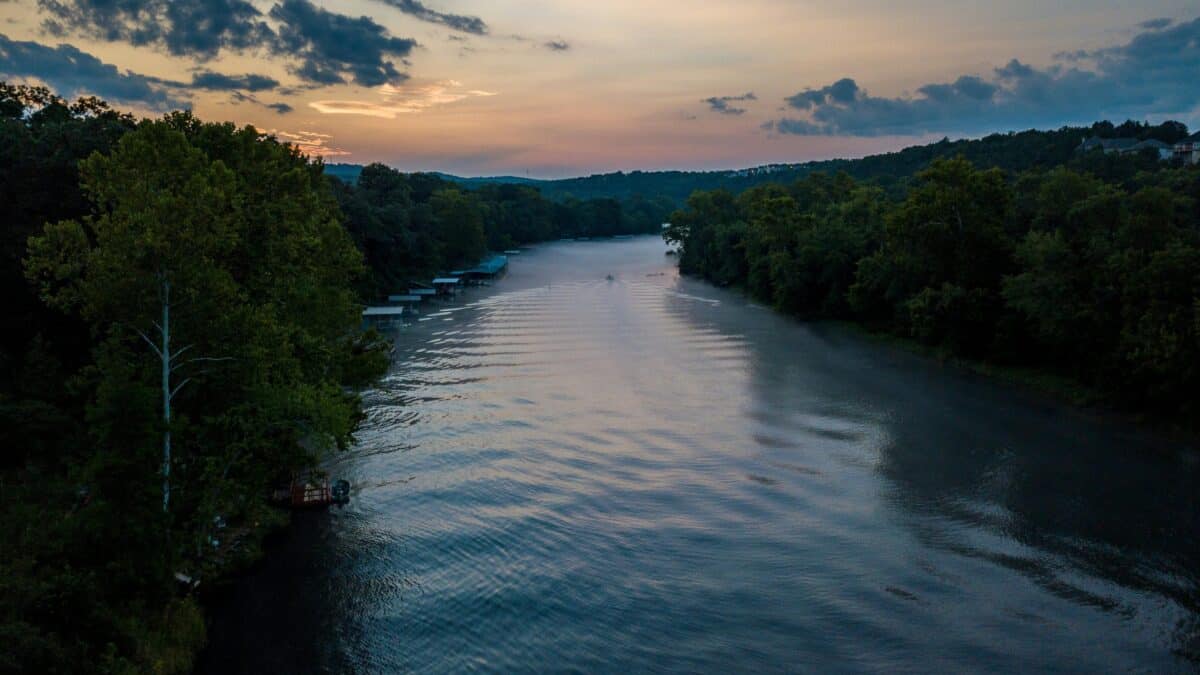
Spanning several states, the Missouri River is characterized by strong undercurrents that can catch even the most experienced swimmers by surprise. These undertows make seemingly calm waters perilous, and swimmers are often advised against entering.
Columbia River Powerful Currents and Cold Waters
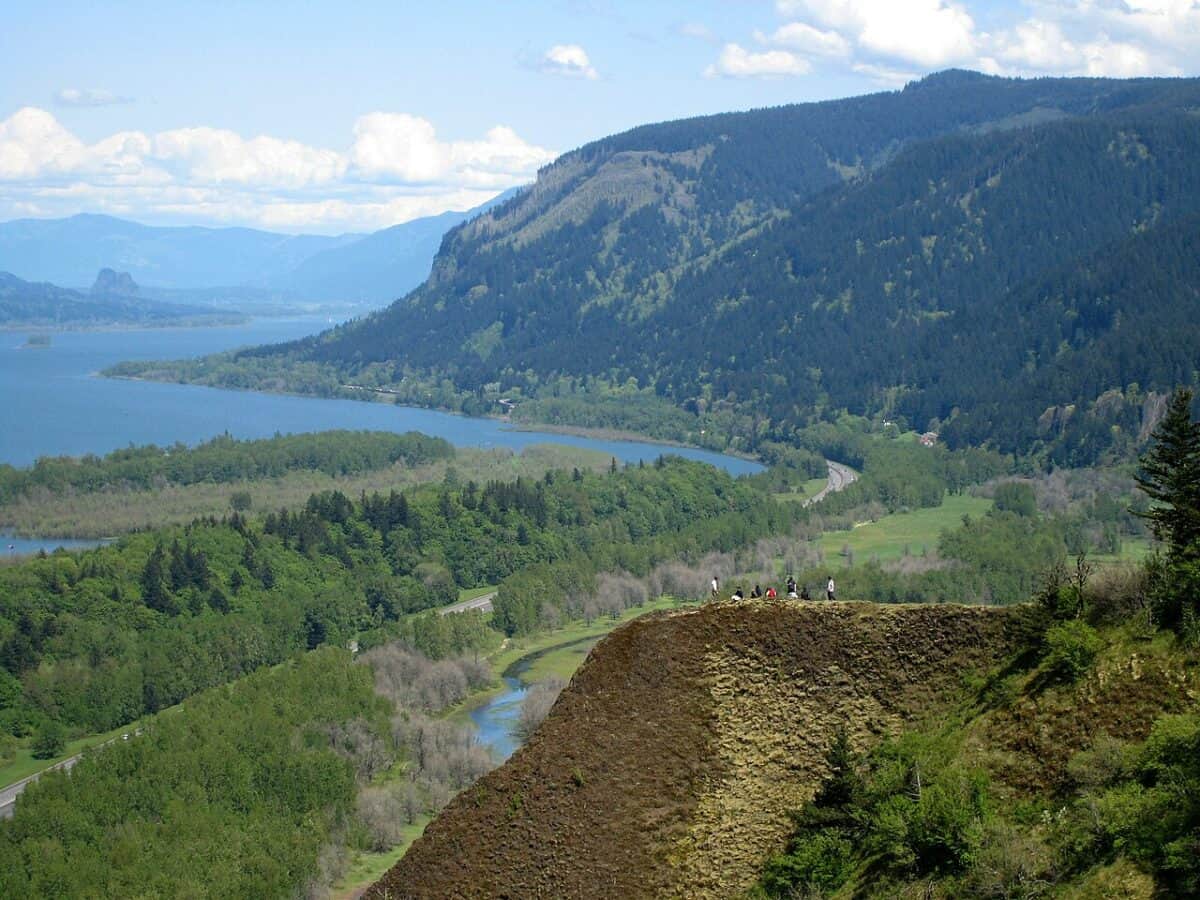
The Columbia River’s vast size and capacity for power generation reflect its mighty currents that are unsafe for swimming. In addition to swift flows, the year-round chilly water conditions pose a threat in terms of comfort and safety.
Anacostia River High Pollution Levels

Despite restoration efforts, the Anacostia River remains heavily polluted due to urban runoff and industrial waste. High bacteria levels make it hazardous for both ecological and recreational activities. Efforts continue to reclaim the river’s health, but swimming remains a risky endeavor.
Detroit River Industrial Pollutants and Fast Currents
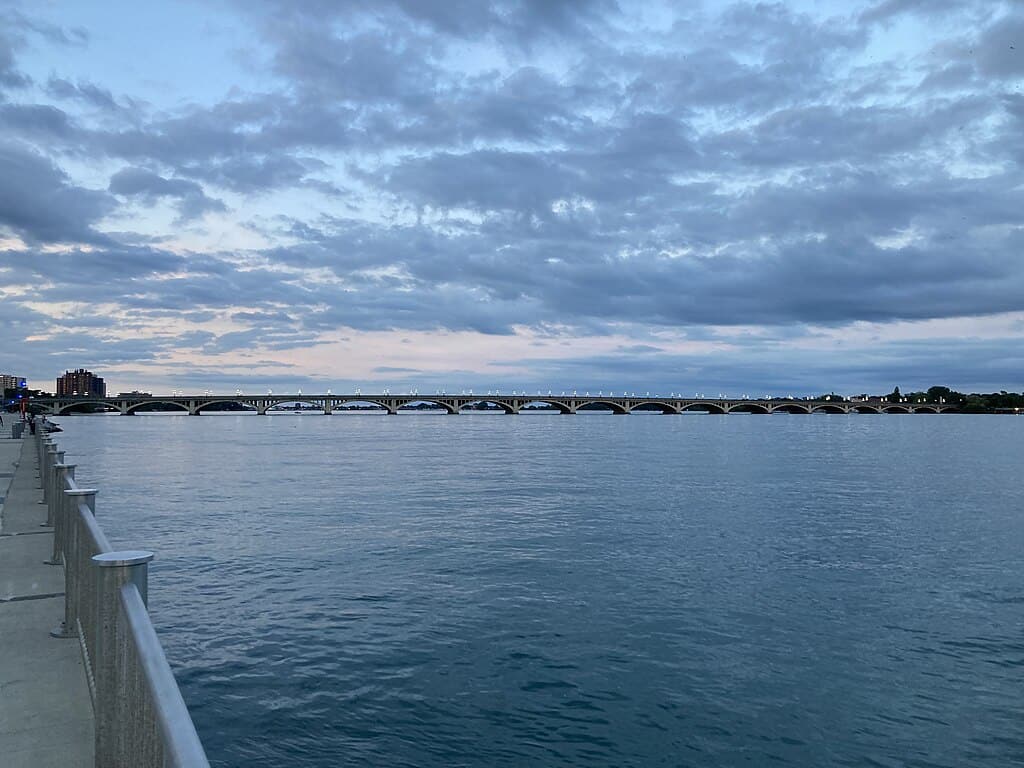
This river acts as a conduit between Lake St. Clair and Lake Erie and is renowned for its industrial heritage. Unfortunately, pollutants and fast-moving currents create unsafe conditions for swimming. Improved water quality is on the horizon, yet current advisories still deter recreational diving.
Conclusion

Although the allure of the great outdoors might tempt some to swim in these notable rivers, their dangers far outweigh the knowable pleasures. From treacherous currents and cold waters to pollution and toxic legacy contaminants, these rivers remind us that safety should always triumph over the thrill of a moment. Before planning a swim in any of America’s vast and varied rivers, remember that knowledge and caution are your foremost allies.
- 13 Ocean Creatures You Can See from Shore - August 24, 2025
- 14 Parasites That Control Their Hosts - August 24, 2025
- The Most Gigantic Whale Ever Recorded And How Big It Was - August 24, 2025

